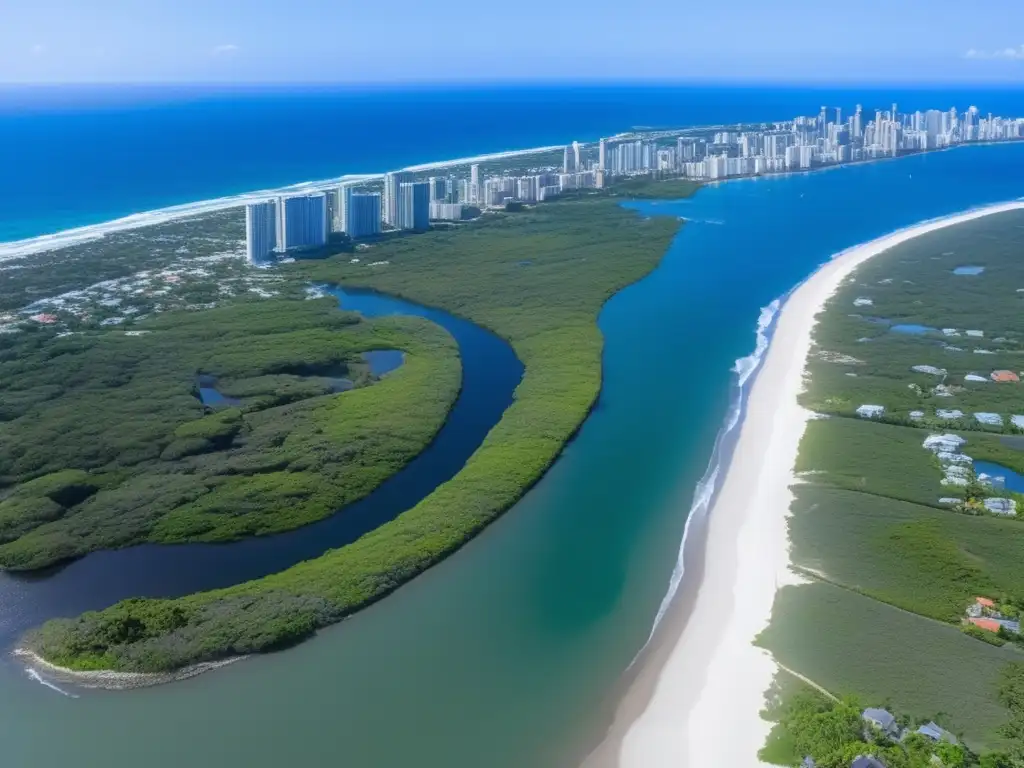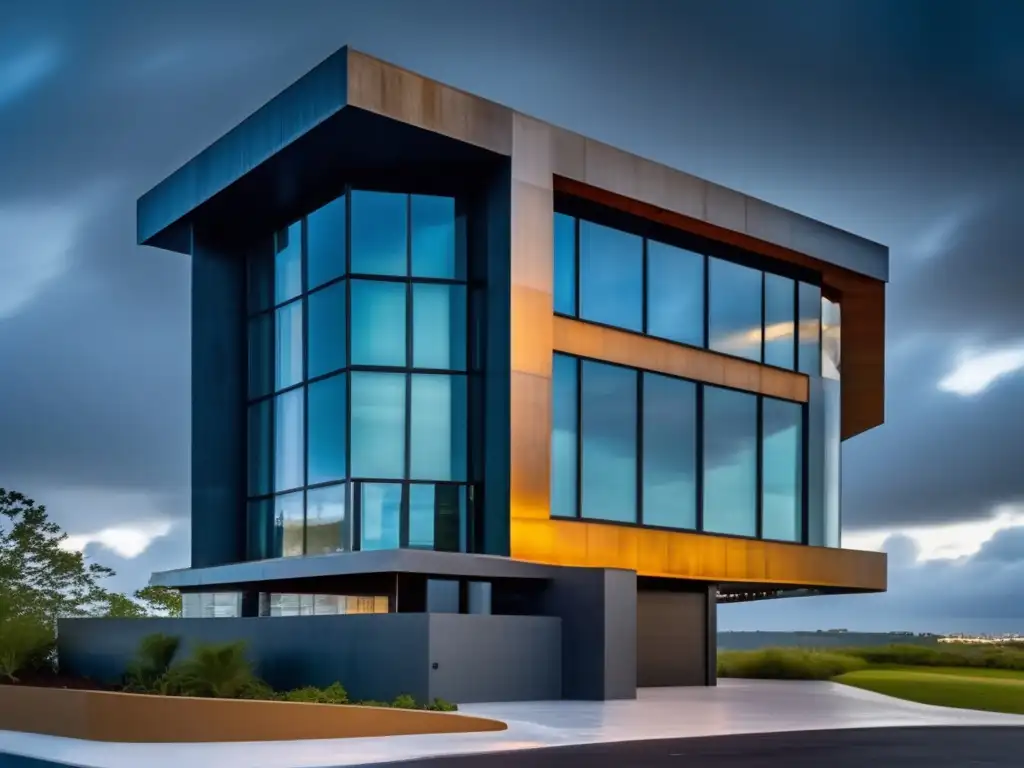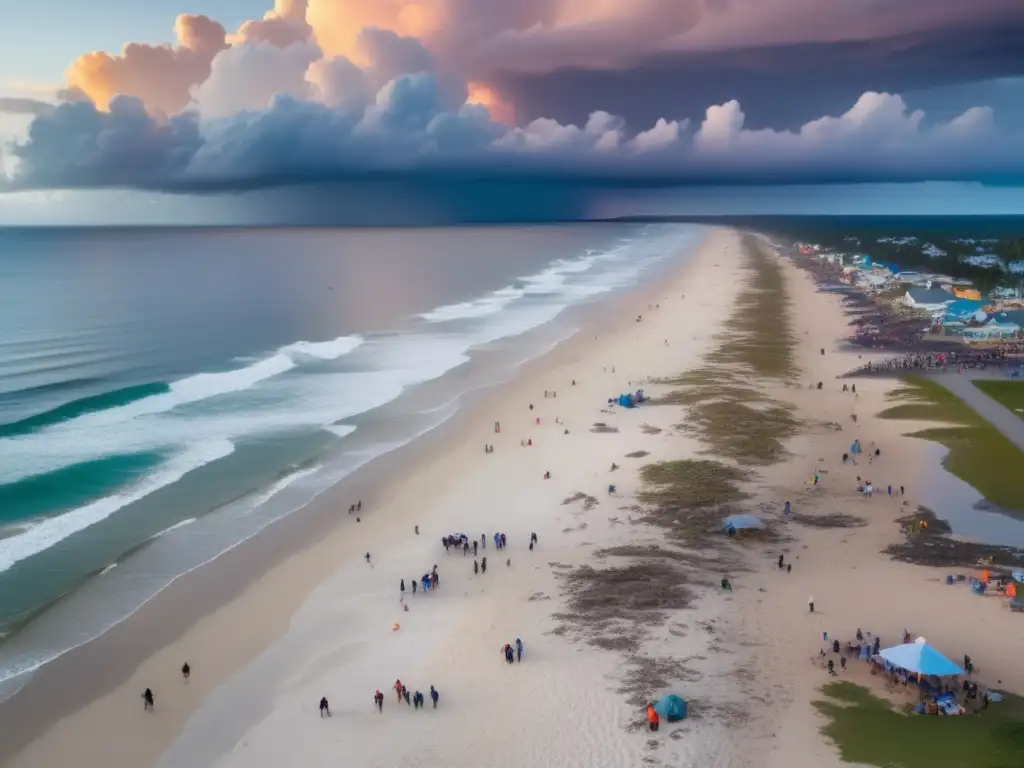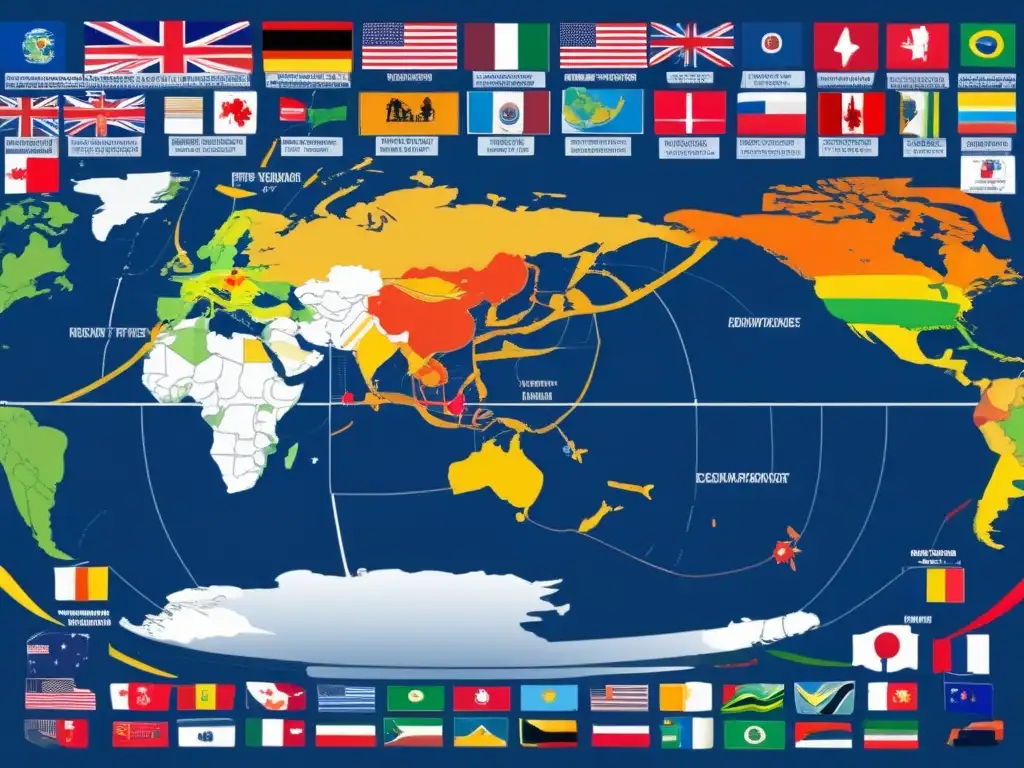Exploring Alternative Hurricane Mitigation Techniques

Exploring Alternative Hurricane Mitigation Techniques
Introduction
Hurricanes are powerful natural phenomena that have the potential to cause extensive damage to property and human life. With climate change, the frequency and intensity of hurricanes are expected to increase worldwide. Traditional mitigation techniques such as coastal barriers, evacuation plans, and emergency shelters are costly and may not always be effective. As a result, researchers and policymakers are examining alternative hurricane mitigation techniques that offer hope for reducing the impact of these devastating storms.
The Benefits of Vegetation and Green Infrastructure

Sustainable Drainage Systems (SuDS)
A sustainable drainage system is any water management technique that uses natural processes to intercept, store, and release runoff. These include green roofs, bioretention ponds, infiltration trenches, and swales. By incorporating sustainable drainage systems into urban landscapes, rainfall is slowed down, and more water is absorbed, thus reducing the likelihood of flooding. Sustainable drainage systems also provide additional benefits, including improved air quality, habitat creation, and recreational space.
Mangroves and Wetlands
Mangroves and wetlands provide a natural barrier against storm surges and strong winds. Their complex root systems help stabilize shorelines, while their dense foliage can absorb the impact of waves. In addition, mangroves and wetlands can act as filters for stormwater, improving water quality. The restoration of mangroves and wetlands can also create valuable habitat for wildlife and provide recreational opportunities for coastal communities.
Green Roofs and Walls
Green roofs and walls are vegetation-based systems designed for installation on buildings. They consist of layers of vegetation, substrate, drainage, and filter media. Green roofs and walls can help reduce energy consumption and improve air quality. They also provide an added layer of storm protection by absorbing rainfall and slowing down runoff. Green roofs and walls can be particularly beneficial in urban areas, where the surface is mostly impervious to water.
Alternative Building Materials

Shipping Containers
With their sturdy metal frames and modular design, shipping containers have been repurposed as building materials for disaster-resistant housing. These structures can be outfitted with insulation, ventilation, and other amenities to create comfortable living spaces. Shipping container homes are affordable, eco-friendly, and can be easily transported and assembled onsite. Additionally, shipping containers have the potential to significantly reduce construction waste and carbon emissions.
Straw Bale Construction
Straw bale construction involves stacking bales of straw to form walls, which are then coated with a layer of plaster or stucco. Straw bale homes have excellent insulation properties, making them ideal for extreme weather conditions. They are also resistant to fire, pests, and mold. Straw bale construction is a sustainable and cost-effective alternative to traditional building materials. It is particularly useful for hurricane-prone areas because it can resist strong winds and heavy rain.
Bamboo
Bamboo is a fast-growing, renewable, and durable resource that has become increasingly popular as a building material. Bamboo has a high tensile strength, making it resistant to wind and shaking. Bamboo is also environmentally friendly, as it requires fewer chemicals and less energy to produce than traditional materials such as concrete and steel. With proper treatment, bamboo can have a lifespan of up to 30 years, making it an attractive option for hurricane-resistant housing in countries that have easy access to this resource.
FAQs

-
Do these alternative mitigation techniques require special maintenance?
Yes, they do. These techniques require regular upkeep and maintenance to ensure their effectiveness.
-
Are these alternative mitigation techniques more expensive than traditional ones?
The costs associated with these alternative techniques depend on the size and complexity of the project. Some may be more expensive than traditional mitigation techniques, while others may be more cost-effective in the long run.
-
Are there any downsides to using alternative mitigation techniques?
Alternative techniques may be less proven than traditional ones and may have limited application in certain regions. In addition, they may require specialized knowledge and skills to implement effectively.
-
Can these mitigation techniques be used in combination with traditional ones?
Yes, combining different techniques can provide better overall protection against hurricanes.
-
What steps can individuals take to support the use of alternative mitigation techniques?
Individuals can advocate for the integration of alternative techniques in their communities and support research and development into new mitigation strategies. They can also invest in eco-friendly materials and technologies that promote sustainable living practices.
Conclusion
Exploring alternative hurricane mitigation techniques provides hope for reducing the impact of these powerful natural disasters. Green infrastructure, alternative building materials, and other innovative solutions can offer more sustainable and cost-effective options for protecting coastal communities from severe weather events. While these mitigation techniques require commitment and investment, they have the potential to save lives, minimize economic losses, and help protect our planet. By promoting these techniques, we are taking important steps towards a more sustainable and resilient future.
It is essential to note that these strategies are not a panacea, and they need to be used in conjunction with traditional mitigation techniques. However, by diversifying the range of options available to protect against hurricanes, we can provide greater resilience and protection against future natural disasters.
Additional Resources

- FEMA - Green Infrastructure
- Bamboo as a sustainable material for hurricane-resistant housing in Latin America
- Hurricane-Resistant Straw Bale House
 Historical Societal Responses To Hurricanes
Historical Societal Responses To Hurricanes International Cooperation In Hurricane Tracking And Response
International Cooperation In Hurricane Tracking And Response Technological Innovations In Hurricane Prediction
Technological Innovations In Hurricane PredictionIf you want to discover more articles similar to Exploring Alternative Hurricane Mitigation Techniques, you can visit the Basic knowledge about hurricanes: category.
Leave a Reply

Articulos relacionados: